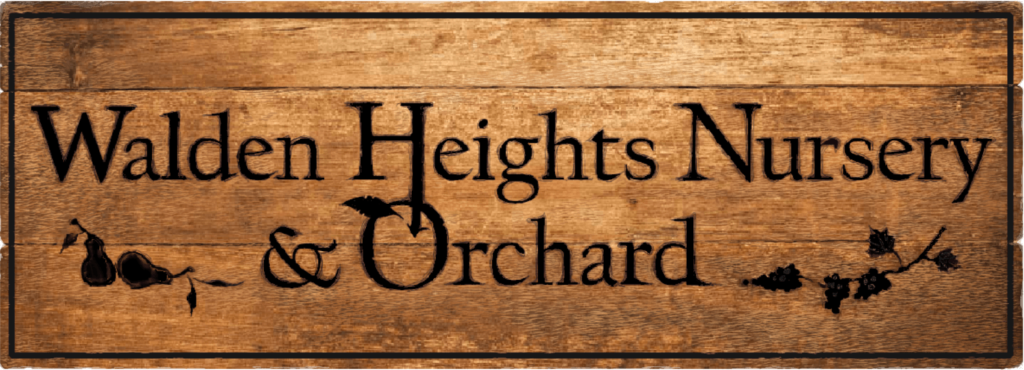For those interested in planting a dwarf apple orchard in the cold climates of North America:
Walden Heights is zone 3 NE Vermont at 1700ft, and has seen -40 this decade. The lower snow cover and temperature swings lately will likely test the marginal species here. We began by testing the budagovsky 9, since in literature it was touted as the hardiest commercially available dwarf stock. We did plant and are watching some bud 490, bud 146, bud 233 (and I think 491 is out there somewhere).
The bud 9 trial (over 100 grafted trees in 2002) has been a near total failure. In terms of their susceptibility to the climatic conditions here they are third rate. This doesn’t necessarily point to cold temperatures as we have not witnessed any dramatic tissue damage. What I am seeing is classic “failure to thrive” syndrome. When we trial things here, we treat them as the average homesteader will, and like we treat our standards. Not neglect, but not pampering either. The roots are horribly brittle even after years of growth, grow very slowly in our zone without heavy fertilizing and drip irrigation, and are highly attractive to borers. I have had 12 year old trees killed by a single borer. Burr knots have occurred on nearly all. Of the 100+ there are a couple of dozen left. Having seen better luck at orchards who use heavy applications of conventional fertilizers, or high nitrogen and irrigation, folks who grow with a more heavy handed approach may be happy with them, and dwarf trees in general. To come full circle here, I believe the colder climates stress trees, delaying their growth or occasionally stunting them, in the same way that forest species are stunted at high elevations. Adding a paltry root system to the mix can be frustrating. The “bow echo” winds (90mph) that rolled through here on July 4 flattened another half dozen(broken at the base), but no standard apples were damaged. I should also mention every one of our standards (same age and scion cultivar in this trial) offered fruit before the dwarf trees did. There was no more cold or other damage to the grafted portion of the dwarf trees, mortality and damage always occurred to the stock itself.
We have had extremely good luck with standard seedling here including: dolgo, ranetka, antonovka, prunifolia, Selkirk, bud 118(clonal), and baccata. Many of the Alaskan growers we ship to will only take ranetka and baccata and I know of none who will touch a size reduction clonal stock.
All the Malling stock, and many of the other dwarfing stocks are rated zone 5 so we have not bothered with any wide testing, thought the selections we have tried, and many at high elevations in our county have suffered cold damage or death.
A caution- nearly all temperate trees may experience damage when the root system is subjected to 19 degrees ABOVE zero. Additionally, the root collar/lower trunk is particularly vulnerable, which is why we are experimenting with clonal stock as an interstem, and high grafting scions

